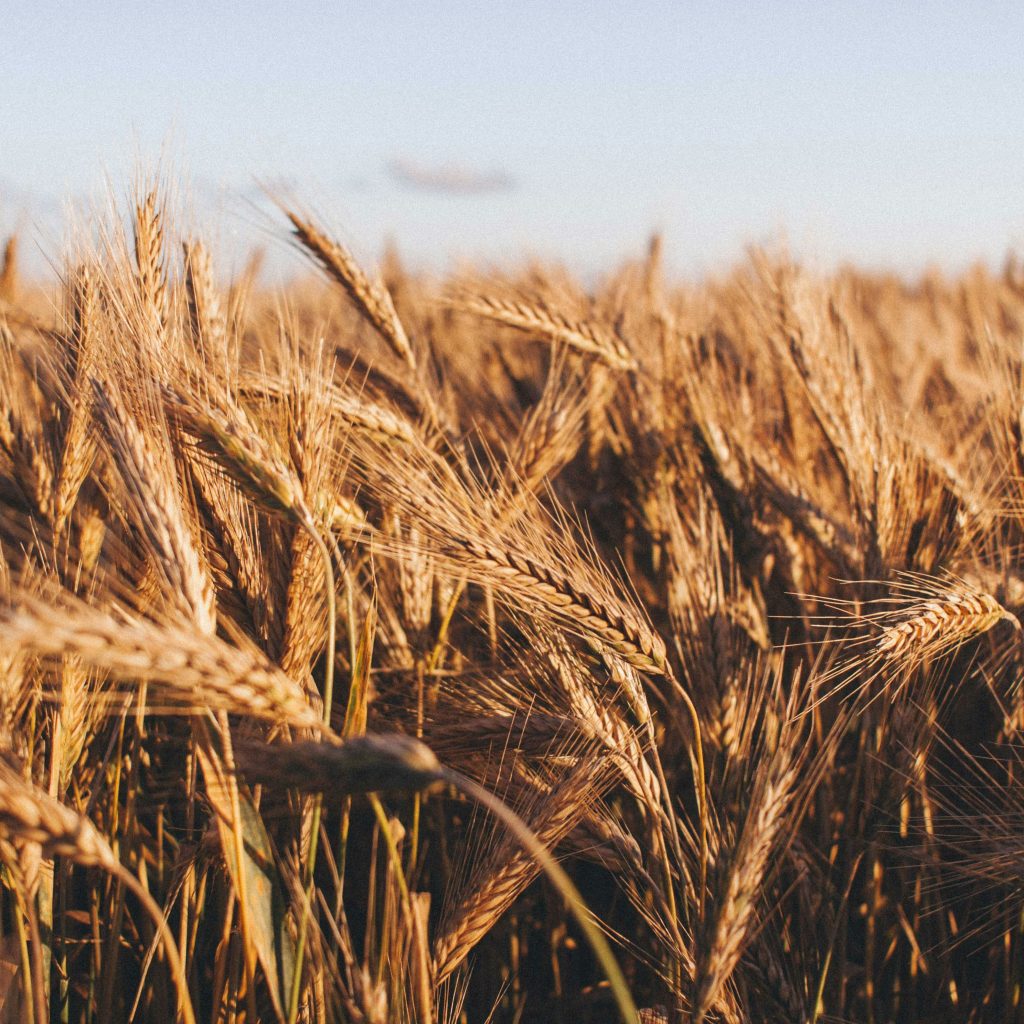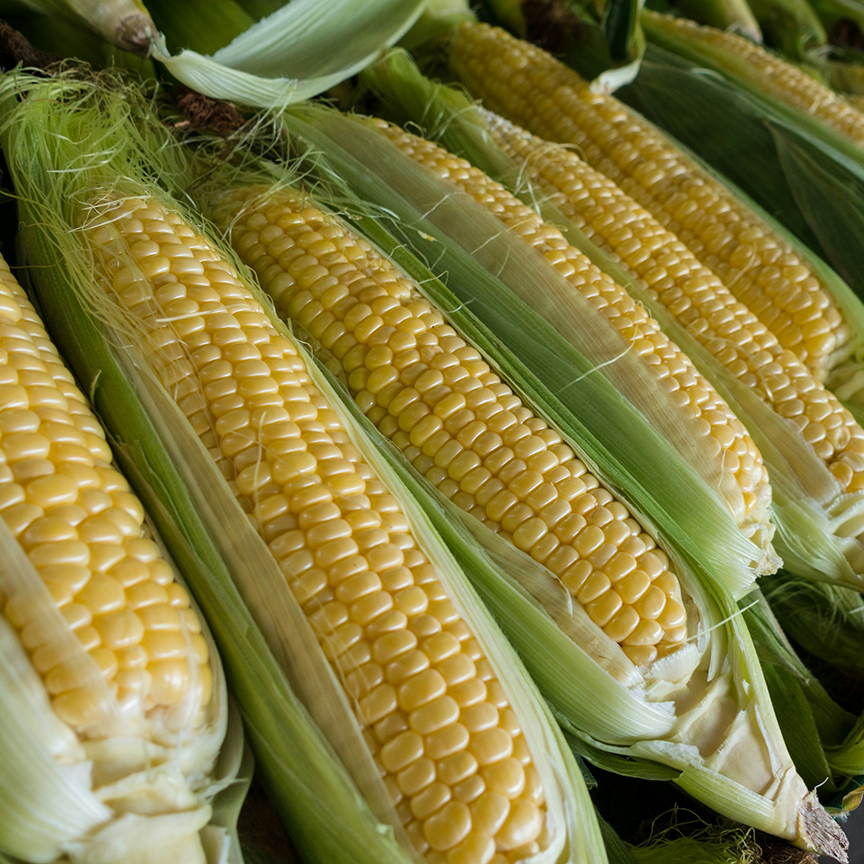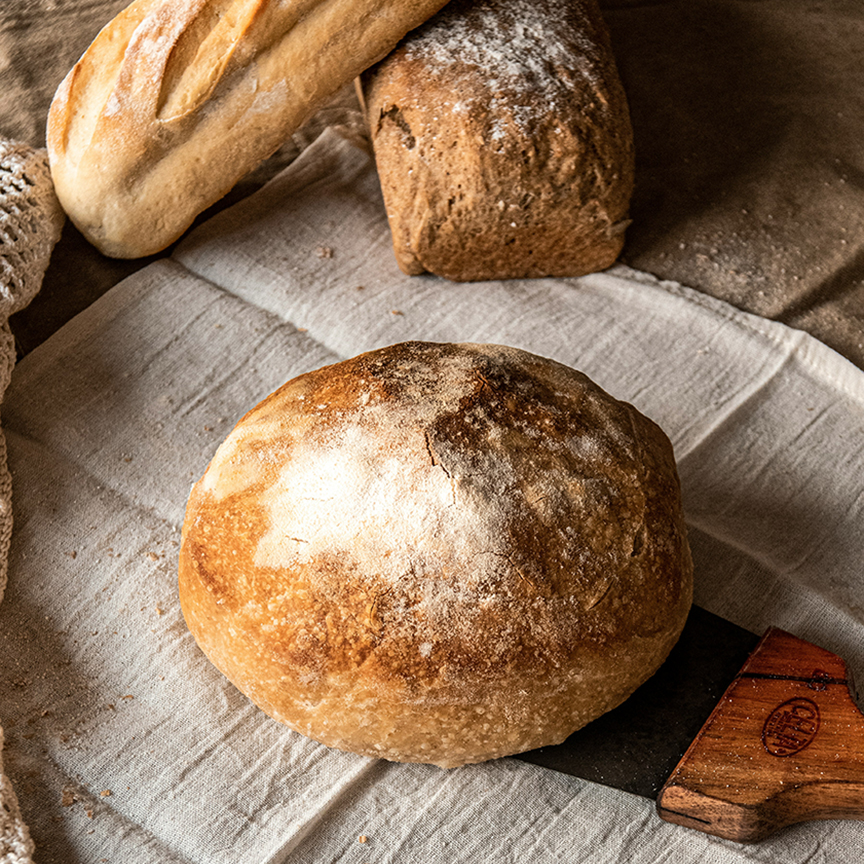
First Harvest is a celebration halfway between the Summer Solstice (the official start of summer) and the Autumn Equinox (the official start of fall). It is observed on August 1st, although the technical astronomical midpoint varies slightly. It is what is known as a “cross quarter” day on the Wheel of the Year. These days are seasonal midpoints in between the “quarters” or solstices/ equinoxes. It is known as Lammas, Lughnasadh, Green Corn Festival, First Fruits, and First Harvest in various traditions. In many places around the world, it is the start of the harvest season and the peak of summer bounty. Corn, tomatoes, and wheat are all ripening. While the weather still feels hot and summery, the start of the harvest means fall is on its way.


History & Tradition
The First Harvest celebration is known by many names in many different places:
In Celtic tradition Lughnasadh marks the start of the harvest season. Ritual games took place and there was a sacrifice of the first fruits of the harvest. The first corn (which actually meant grain to Europeans) was taken to a high place and buried, and in some places mountain climbing is still a part of the festivities. Harvest feasts would follow.
In Scotland Lunastain cake was prepared, which is more like an oat bread then what we have come to think of as cake. Lughnasadh was a time of unpredictable weather in Ireland. Heavy rains known as “Lammas floods” often damaged crops. Lammas is the anglicized version of the name and means loaf mass. Grain and bread play heavily into this festival.
The New Yam Festival is an annual festival held throughout West Africa (especially in Nigeria and Ghana) that is held at the end of the rainy season in early August. The festival symbolizes the conclusion of the yam harvest and the beginning of the next cycle.
The Green Corn Ceremony is an annual ceremony practiced by several Native American tribes which is associated with the beginning of the yearly corn harvest. Green corn is fresh sweet corn (as opposed to corn that is dried and ground for grain.) Historically, it involved a first fruits rite in which the community would sacrifice the first of the green corn to ensure the rest of the crop would be successful. Green Corn festivals are still held today by many different Southeastern Woodland tribes.
In Russia they celebrate the Apple Feast of the Savior in early August, which has a pre-Christian origin and is associated with harvesting of ripe fruits, especially apples.
First Fruits is a religious offering of the first agricultural produce of the harvest. In classical Greek, Roman, and Hebrew religions, the first fruits were given to priests as an offering to a deity.

[…] First Harvest is a time of year when nearly everything is ripe and ready for harvest. It is a time of year when grass and grains are coming into their own. This immediately takes my mind to golden meadows and droopy wildflowers swaying in the sun. We live in a pretty urban area, but there is a park nearby with a big open meadow and the kids love to run through it with butterfly nets swooping wildly and collapsing into fits of giggles. It’s such a late summer experience and consequently, such a late summer drink. August here is hot and muggy. I love my tea, and so do the kids, but I just can’t in August. Instead we make sun tea, iced tea, tea lattes and tea sodas. This is an herbal tea soda– basically a strong herbal iced tea mixed with seltzer, for a seasonally appropriate and refreshing drink. I knew I wanted to use hay for this tea, its essentially what meadows are, and ever since I used it for an amazing panna cotta in the Botanical Anthology, I have been looking for more things to make with it. It’s amazing in this soda– it tastes like sun and meadows and summer. The whole drink does really, perfect for a lazy summer day and kid approved. I love that visiting a meadow and collecting the flowers is a visceral part of the experience, but have included a work around below if that isn’t in the cards for you. […]